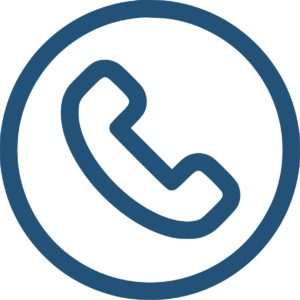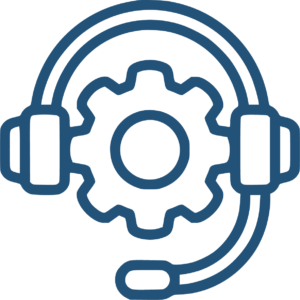Identifying Inefficiencies and Risks in Medical Equipment Management
Healthcare facilities are under constant pressure to deliver effective and timely patient care, manage costs, and ensure safety. However, several challenges can hinder these goals, causing inefficiencies that affect the quality of care. Misplaced or hoarded medical equipment and manual tracking processes cause inefficiencies and pose risks to healthcare operations.
One of the main issues is the excessive time staff spend manually locating equipment, which reduces the time available for patient care. According to a Nursing Times survey, at least one in three nurses spends an hour or more per shift searching for medical equipment, totaling 6,000 hours lost per month in a typical hospital. This problem is compounded by ineffective tracking, leading to underutilization or overstocking of equipment.
As a result, hospitals often incur unnecessary capital expenses, purchasing up to 20% more equipment than necessary, as highlighted in a GE Healthcare report. Additionally, the practice of staff hoarding equipment to ensure availability for their own needs creates an artificial shortage. This not only complicates access for other departments but exacerbates the overall inefficiency of the hospital. Moreover, theft and loss of high-value medical tools further strain resources and disrupt critical patient care processes.
Workflow disruptions caused by misplaced equipment lead to increased inefficiency and reduced productivity throughout the facility. Manual tracking, which 83% of healthcare facilities still rely on for parts of their supply chain, often results in significant data inaccuracies. In most hospitals, inventory counts of mobile clinical assets do not match by at least 60%, indicating substantial discrepancies. These issues hinder decision-making and strategic planning and ultimately lead to high operational costs and financial losses due to equipment downtime.
Addressing these problems is essential to increasing operational efficiency, reducing costs, and improving the quality of patient care in healthcare facilities.
![]()
The Strategic Advantage of RTLS for Medical Asset Tracking
Litum’s RTLS for medical asset tracking addresses these challenges by using Ultra-Wideband (UWB) and Bluetooth Low Energy (BLE) technologies to track the precise location of medical equipment in real time. The system ensures that healthcare professionals can quickly and accurately locate the equipment they need, significantly improving efficiency and patient care.
Key benefits of implementing Litum’s healthcare RTLS for medical asset tracking include:
- Precise Asset Location: The system provides real-time tracking of medical assets within the facility, allowing staff to quickly and efficiently locate equipment. This reduces the time spent searching for equipment and ensures caregivers have the necessary tools at hand. Caregivers have the option to use UWB and/or BLE technologies depending on the location accuracy needed within their environment. UWB is the most accurate technology, showing the location of a medical asset with sub-meter accuracy.
- Condition Monitoring: Litum’s solution enables continuous monitoring of each asset’s condition, including its availability. This helps keep equipment in optimal working condition and ensures its availability for use.
- Geofencing Alerts: The system can send alerts when assets enter or exit designated zones, helping prevent unauthorized removal and ensuring that equipment stays where it is needed most.
- Maintenance Scheduling: By aligning maintenance schedules with the actual usage of assets, healthcare facilities can ensure that equipment is serviced promptly and remains reliable, minimizing downtime.
- Historical Data Analysis: The system records detailed data on asset movements, providing valuable insights to improve management and increase utilization. This data-driven approach helps make informed decisions about equipment acquisition and use.
- Tamper-Proof Security: The tamper-proof technology protects assets, preventing unauthorized removal and reducing the risk of loss or theft.
A Commitment to Innovation and Excellence
Litum has demonstrated a strong commitment to innovation and excellence in the field of RTLS, with over 20 years of experience and successful implementations in more than 50 countries. Litum’s in-house development and manufacturing process ensures that all components of the Medical Asset Tracking System—anchors, charging stations, and tags—meet the highest standards of quality and functionality.
As healthcare facilities continue to face challenges in managing medical assets, the adoption of advanced technologies like RTLS for medical asset tracking is becoming increasingly important. By embracing such solutions, healthcare organizations can increase operational efficiency, improve patient care, and create a more supportive and effective healthcare environment.
Contact us today to see a demonstration of our RTLS capabilities.
sales@logicbus.com | support@logicbus.com | +1 619 616 7350 | Start conversation




